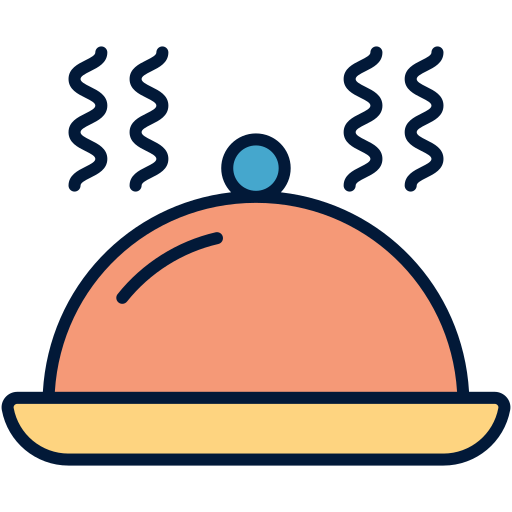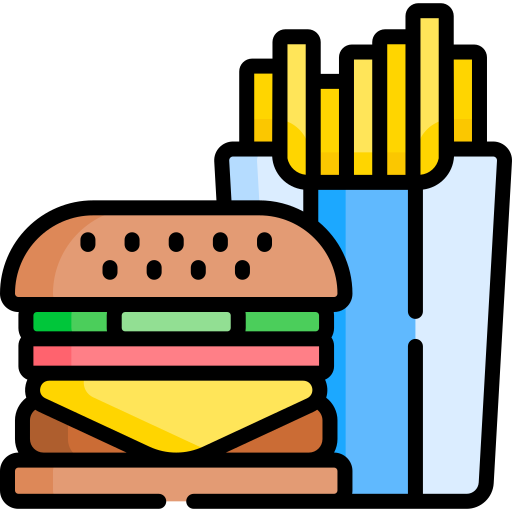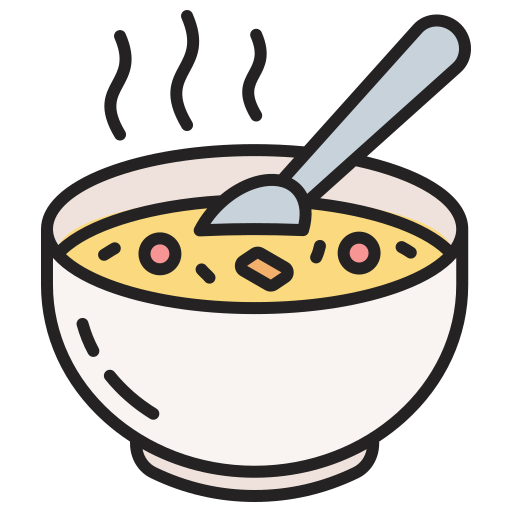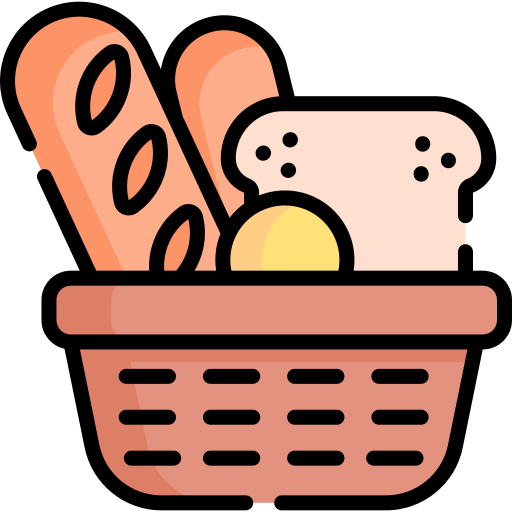Discover the ultimate Kitchen Essentials Guide to stock your kitchen efficiently. Learn must-have tools and tips for every home cook’s success.
Kitchen Essentials Guide
If you’re looking to create a functional and inspiring cooking space, this Kitchen Essentials Guide will help you stock your kitchen with the right tools and staples. Whether you’re a beginner or aiming to upgrade your setup, having the proper essentials makes cooking easier and more enjoyable.
In this guide, you’ll find a curated list of must-have utensils, cookware, and appliances that form the backbone of any home kitchen. With these basics, you’ll feel confident to tackle a wide range of recipes and cooking styles.
Let’s dive into what every kitchen should have, including budget-friendly options and smart substitutions that work just as well.
Why You’ll Love It
This Kitchen Essentials Guide saves you time and guesswork by highlighting the tools that truly matter. Instead of overwhelming you with every gadget available, it focuses on quality over quantity. You’ll learn how to select items that last, are versatile, and transform daily cooking into a pleasure.
Plus, you’ll find useful tips on maintaining your gear and adapting the list to fit dietary preferences or limited spaces.
Ingredients
- Chef’s knife – sharp and sturdy for all chopping needs
- Wooden or plastic cutting board – consider colors for different foods to avoid cross-contamination
- Measuring cups and spoons – vital for accuracy in baking and cooking
- Mixing bowls – stainless steel or glass, in multiple sizes
- Medium saucepan – perfect for sauces, grains, and soups
- Non-stick skillet – ideal for eggs, pancakes, and sautéing
- Wooden spoon and silicone spatula – gentle on cookware and versatile
- Colander – for draining pasta, washing produce
- Blender or food processor – optional but helpful for smoothies, sauces, chopping
- Food storage containers – airtight containers to keep food fresh and organized
Step-by-Step Instructions
- Start with a solid chef’s knife and cutting board; these are the foundation of meal prep.
- Collect measuring cups and spoons to bring precision to your recipes.
- Choose a mix of mixing bowls suitable for different tasks, like marinating or whisking ingredients.
- Invest in one medium-sized saucepan and skillet for most stovetop needs.
- Keep utensils like wooden spoons and silicone spatulas handy for stirring and scraping.
- Add a colander to your kitchen for pasta and produce.
- Consider a blender or food processor if you often make smoothies, sauces, or need quick chopping.
- Finally, organize leftovers and prepped ingredients in quality food storage containers to reduce waste and keep your kitchen tidy.
To continue, see the next section for expert tips and storage advice.
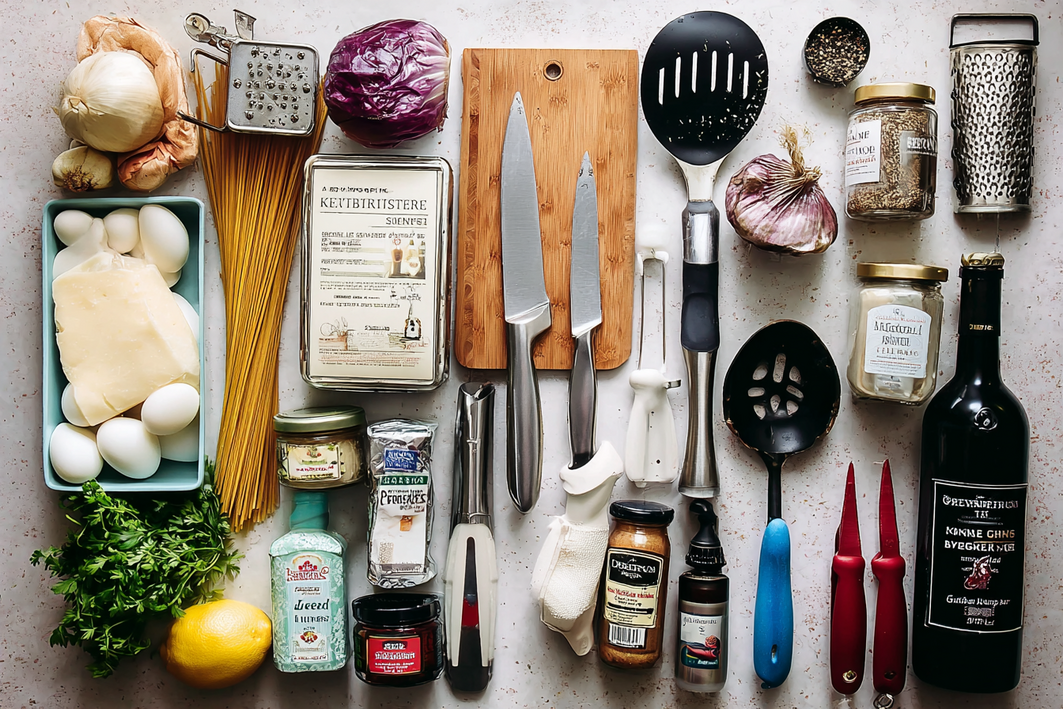
Expert Tips
Keep your knives sharp for safety and efficiency – a dull knife can be more dangerous. Use a sharpening stone or send them to a professional every few months.
Silicone spatulas are heat-resistant and won’t scratch your pans; they’re perfect for scraping and folding.
Investing in stackable, clear storage containers helps maximize space and quickly locate ingredients and leftovers.
If you’re tight on space, prioritize multi-purpose tools like a chef’s knife that also slices herbs and vegetables.
Storage
Store knives in a block or magnetic strip to protect blades. Keep pots and pans nested but separated by liners to avoid scratches.
Mixing bowls nest inside one another to save pantry space. Food storage containers should be washed soon after use and completely dried to prevent odors and mold.
Refrigerate leftovers within two hours in sealed containers; consume within 3-4 days. Freezer-safe containers can keep food fresh for up to 3 months.
Variations
Vegan cooks might want to add specialized appliances like a tofu press or nut milk bag. Gluten-free kitchens prioritize separate cutting boards and utensils to avoid cross-contact.
Dairy-free cooks can incorporate non-dairy milk frothers or protein powder blenders. For refined sugar-free lifestyles, consider natural sweetener dispensers or honey jars in easy-access spots.
FAQ
Q: Why is a Kitchen Essentials Guide important for every home cook?
A: It helps streamline and simplify your cooking setup by focusing on tools that are versatile and durable, ensuring you’re prepared without clutter.
Q: What are the must-have tools for beginner cooks?
A: A good chef’s knife, cutting board, measuring tools, mixing bowls, and a skillet and saucepan form a great starting point.
Q: How often should kitchen tools be replaced?
A: Knives and cutting boards should be inspected regularly; replace boards when deeply scarred. Pans may last years if properly cared for.
Q: Can I build a functional kitchen on a budget?
A: Absolutely. Focus on quality basics, shop sales, and avoid specialty gadgets unless they fit your style.
Q: Should I include appliances like blenders in the Kitchen Essentials Guide?
A: They’re optional but highly useful for many recipes. Choose based on your cooking habits and space.
Call to Action
Have you stocked your kitchen using a guide like this? Share your favorite essentials or tips in the comments below. Don’t forget to save this post for your next kitchen upgrade and explore our Easy Weeknight Dinners for cooking inspiration!
For more cooking resources, visit Food Network or browse our collection of Kitchen Organization Tips.







